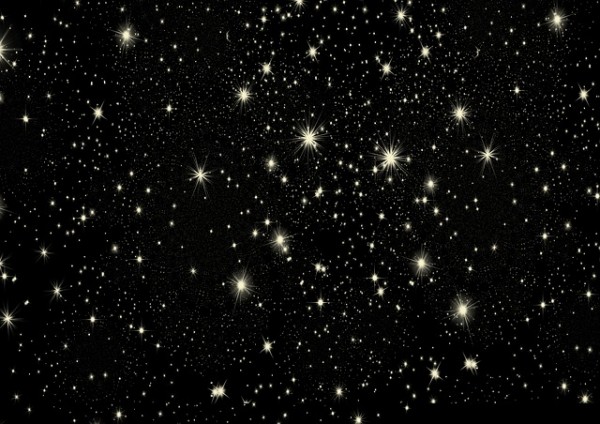By Vishal Goel, | January 12, 2017

The star will be visible as a part of the Cygnus constellation and will add a star to the Northern Cross star pattern. (geralt)
Like Us on Facebook
According to a team of US-based scientists, a new star will be created in the year 2022 as a result of a merger and explosion of a binary star. The scientists have predicted that the new star will be one of the brightest in the sky for about six months before gradually returning to its normal brightness.
The team consisting of Calvin College professor Larry Molnar, his students, and his colleagues from Apache Point Observatory (Karen Kinemuchi), and the University of Wyoming (Henry Kobulnicky) held a press briefing at the Gaylord Texan Resort & Convention Center (Austin 5), where Molnar revealed that a prediction he made in 2015 of a binary star merging in the near future is progressing from theory to reality.
It is the first time that an explosion has been predicted, said Molnar. The star will be visible as a part of the Cygnus constellation and will add a star to the Northern Cross star pattern.
How did it all begin?
In 2013, while attending an astronomy conference where fellow astronomer Karen Kinemuchi presented her study of the brightness changes of the star, Molnar asked himself a question: Is it pulsing or is it a binary?
Molnar's research assistant, Calvin College student Daniel Van Noord, challenged himself to find the answer and made some observations of the star with the Calvin Observatory. He determined finally that it was a binary, in fact, a contact binary, after correlating the color of the star with the brightness.
Now what?
Molnar and his colleagues will continue to observe the star system, named KIC 9832227, in the next year over the full range of wavelengths: using the Very Large Array, the Infrared Telescope Facility, and the XMM-Newton spacecraft.
According to Matt Walhout, dean for research and scholarship at Calvin College, if the project becomes successful, this will demonstrate that astronomers can catch binary stars in their act of dying and that they can track the last few years of a stellar death spiral up to the point of final, dramatic explosion.
-
Use of Coronavirus Pandemic Drones Raises Privacy Concerns: Drones Spread Fear, Local Officials Say

-
Coronavirus Hampers The Delivery Of Lockheed Martin F-35 Stealth Fighters For 2020

-
Instagram Speeds Up Plans to Add Account Memorialization Feature Due to COVID-19 Deaths

-
NASA: Perseverance Plans to Bring 'Mars Rock' to Earth in 2031

-
600 Dead And 3,000 In The Hospital as Iranians Believed Drinking High-Concentrations of Alcohol Can Cure The Coronavirus

-
600 Dead And 3,000 In The Hospital as Iranians Believed Drinking High-Concentrations of Alcohol Can Cure The Coronavirus

-
COVID-19: Doctors, Nurses Use Virtual Reality to Learn New Skills in Treating Coronavirus Patients











